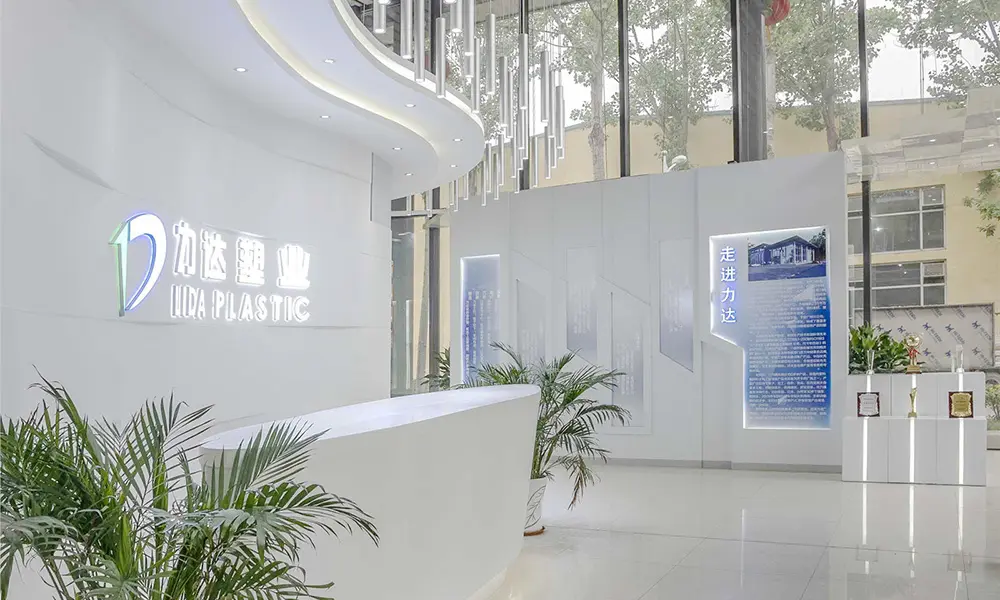Dec . 03, 2024 18:52 Back to list
Versatile Applications of Thin HDPE Sheets in Various Industries
Understanding Thin HDPE Sheets Versatility and Applications
High-Density Polyethylene (HDPE) is one of the most extensively used plastic materials in various industries due to its unique combination of properties. Thin HDPE sheets, specifically, are gaining popularity for their versatility and practicality in numerous applications. In this article, we will explore the characteristics of thin HDPE sheets, their benefits, and the diverse applications they serve.
What is HDPE?
High-Density Polyethylene is a thermoplastic polymer that is created from petroleum. Its structure is characterized by a linear backbone with minimal branching, which contributes to its high-density properties. This results in a material that is stronger and stiffer than many other types of polyethylene. While HDPE can be manufactured in different thicknesses, thin HDPE sheets typically refer to those that are less than 5mm thick, offering a balance between flexibility and rigidity.
Key Characteristics
1. Durability Thin HDPE sheets are highly resistant to impact, making them an ideal choice for applications where materials must withstand rough conditions.
2. Chemical Resistance This material exhibits excellent resistance to a variety of chemicals, including acids, bases, and solvents. This resistance ensures that thin HDPE sheets can be used in environments where exposure to harsh substances is a concern.
3. Lightweight Compared to other materials such as metal or glass, thin HDPE sheets are lightweight, making them easy to handle and transport. This property also contributes to cost savings in shipping and installation.
4. UV Stability Thin HDPE sheets can be treated with UV stabilizers, which enhances their performance in outdoor applications by preventing degradation from sunlight exposure.
5. Ease of Fabrication They can be easily cut, shaped, and welded, allowing for customization to suit specific needs without significant tool investment.
Benefits of Using Thin HDPE Sheets
thin hdpe sheet

The advantages of utilizing thin HDPE sheets are numerous. Their flexibility allows for a variety of designs, supporting both creative and functional applications. Furthermore, they are cost-effective due to their low manufacturing costs, and their recyclability aligns with sustainability practices, appealing to environmentally conscious consumers. Moreover, the non-toxic nature of HDPE makes it a safe choice for food packaging and medical applications, ensuring compliance with health standards.
Applications of Thin HDPE Sheets
1. Construction In the construction industry, thin HDPE sheets are used as vapor barriers and for roofing applications. Their waterproof characteristics help protect structures from moisture damage.
2. Packaging Thin HDPE sheets are commonly used for packaging products due to their strength and durability. They are ideal for creating containers, trays, and other forms of packaging that require a balance of protection and lightweight adoption.
3. Signs and Displays The ability to print on thin HDPE sheets makes them popular for signage and promotional displays. They can withstand the elements, thus suitable for both indoor and outdoor use.
4. Agriculture In agriculture, thin HDPE sheets serve as liners for ponds and reservoirs, as well as covers for crops to protect them from extreme weather. Their lightweight nature allows for easy installation and removal when necessary.
5. Medical Applications In the medical field, thin HDPE sheets are used to produce equipment covers and protective barriers due to their chemical resistance and ease of sterilization.
6. Arts and Crafts The versatility of thin HDPE sheets extends into the arts and crafts sector, providing artists and designers with a material that can be manipulated and colored to create various projects.
Conclusion
Thin HDPE sheets are a remarkable material that combines strength, flexibility, and resistance to environmental factors. Their wide range of applications across various industries underscores their importance in modern manufacturing and product development. As industries continue to shift toward more sustainable practices, the use of thin HDPE sheets is likely to grow, making them an essential resource for innovative solutions in countless fields. Whether for construction, packaging, agriculture, or art, thin HDPE sheets prove to be an invaluable resource, cementing their place as a go-to material in today’s market.
-
Premium CPVC Sheet: High-Temp & Chemical Resistant Solutions
NewsAug.15,2025
-
Durable PPR Pipe for Hot & Cold Water Systems - Easy Install
NewsAug.14,2025
-
Durable HDPE Sheet | Versatile & Impact-Resistant Plastic
NewsAug.13,2025
-
Premium PVC Soft Sheets: Clear, Flexible & Durable
NewsAug.12,2025
-
Premium PVC Round Rods: Durable, Chemical Resistant, Easy to Machine
NewsAug.11,2025
-
PP U-channel: Chemical-Resistant, Lightweight & Durable
NewsAug.10,2025

